THE PARALYSIS CAR
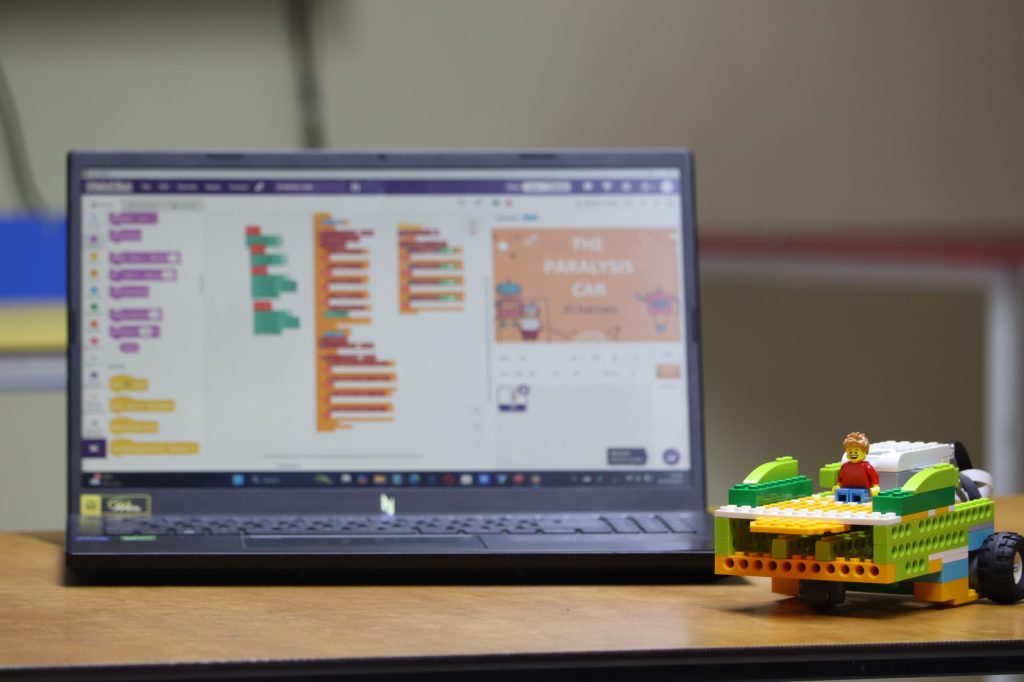
“THE PARALYSIS CAR” is an innovative project designed to empower individuals with physical disabilities, especially those with limited hand movement, by enabling them to control a small robotic car using only head movements. Initially, the team experimented with hand gesture controls but soon realized that some users—especially those with severe paralysis—could not rely on hand movement. This challenge inspired a shift toward using head tilts as the primary control mechanism.
The system integrates Pictoblox, LEGO WeDo, and Teachable Machine to recognize specific head tilts—left, right, and forward— backward and convert them into movement commands for the car. A webcam captures these movements, and machine learning models process them in real time, allowing quick and responsive control.
This solution offers a new way for people with paralysis to interact with technology and improve their mobility without traditional input devices like joysticks or remotes. The project was developed with a focus on accessibility, affordability, and simplicity, making it ideal for both educational and real-world applications.
Beyond its technical value, “THE PARALYSIS CAR” aligns with the United Nations’ Sustainable Development Goals, particularly:
Goal 3: Good Health and Well-being
Goal 9: Industry, Innovation, and Infrastructure
Goal 10: Reduced Inequalities
By combining artificial intelligence with empathy-driven design, the project demonstrates how technology can evolve to break barriers and create a more inclusive future……
MyHafila
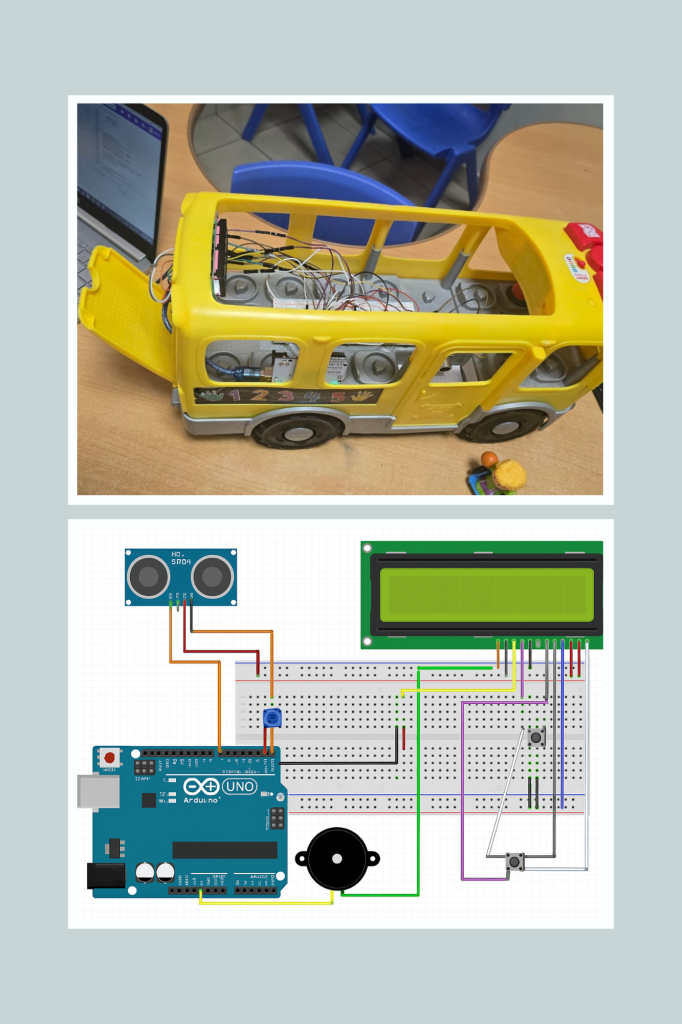
MyHafila is a smart child detection system created to solve a life-threatening problem: children being accidentally left behind in school buses. Every year, these heartbreaking incidents result in severe injury or even death—often due to heatstroke from being trapped in hot vehicles. These tragedies are preventable, and MyHafila offers a simple yet powerful solution.
The system uses ultrasonic sensors to detect if a child remains inside the bus after the engine has been turned off. If movement or presence is detected, an immediate buzzer alert is triggered to notify the driver. At the same time, real-time notifications are sent to parents, school staff, or emergency contacts, ensuring that help arrives without delay.
Built with affordable and reliable components such as Arduino, MyHafila is designed to be both cost-effective and scalable. It can be easily installed in school buses across fleets, making it accessible for schools and transport companies of all sizes. MyHafila can also be adapted for use in personal vehicles, offering families an extra layer of protection during daily commutes.
This project targets schools, transportation providers, and parents who prioritize child safety. By addressing a critical issue through the use of smart, responsive technology, MyHafila provides peace of mind to caregivers and builds trust in school transport systems.
More than just an innovation, MyHafila is a mission—to ensure that no child is ever forgotten, and every journey to and from school is a safe one.
Regenerative Oceanic Farming
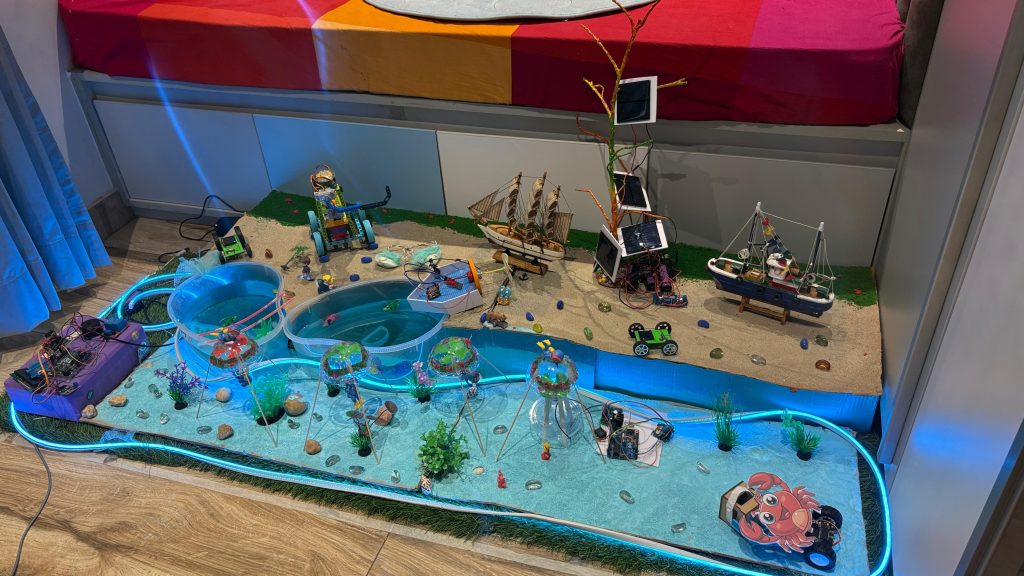
website: https://sites.google.com/view/rocsustainablity/home
In a world facing climate change, food insecurity, and ocean pollution, Team ROBO_WIZARD brings a wave of hope with the Regenerative Oceanic Farming — a futuristic blend of technology, sustainability, and marine science.
Inspired by Nemo’s Garden and Sadguru’s Isha Foundation SAVE SOIL movement, this project reimagines underwater farming using AI, sensors, and renewable energy. I designed a smart, self-sustaining underwater seaweed and seashell farming along with biodome that grows edible plants creating a new frontier for agriculture beneath the sea.
🌱 Key Innovations
• AI-Powered Fish Recognition & Ocean Waste Detection
Using PictoBlox’s AI models, our system identifies different fish species and detects marine debris, helping protect biodiversity and reduce ocean pollution.
• Smart Ocean Monitoring with Arduino Uno
Equipped with temperature and turbidity sensors, our farm monitors water health in real time, ensuring optimal conditions for plant and aquatic life.
• Underwater Farming Made Easy
A gesture-controlled robotic crane allows remote harvesting of seaweed and shellfish, while a nutrition delivery rover ensures plants are fed properly — all powered by an eco-friendly solar tree.
• Aeration and Humidity Control
A mini fan inside the dome balances humidity for plant growth, while a solar-powered aerator boat enriches ocean water with oxygen, helping nearby marine life thrive.
⚙️ Technology Stack
• Arduino Nano: Controls sensors, actuators, and logic
• PictoBlox: AI integration, gesture control, and sensor programming
• Sensors: Temperature, turbidity, humidity
• Actuators: Servo motors, mini water pump, fan, buzzer, LEDs
• Power Source: Solar panels and battery pack
• AI Models: Fish detection, ocean waste recognition, hand gesture control
🌍 Impact
This project aligns with the UN’s Sustainable Development Goals:
✅ SDG 13: Climate Action
✅ SDG 14: Life Below Water
✅ SDG 11: Sustainable Cities and Communities
Through our regenerative farming system, i aim to:
• Fight marine pollution
• Support clean food production
• Promote underwater biodiversity
• Use AI and robotics to protect our planet
👩🔬👨🔬 Why This Project Matters
With the world’s population growing and land becoming scarce, the future of farming lies underwater. Our system shows how young minds can use science and compassion to design solutions that heal the Earth — one smart farm at a time.
Smart Soil
Smart Soil is an AI-powered smart irrigation system designed to optimize water usage and improve agricultural productivity. The solution is divided into two main components: a mobile robot and a fixed water treatment unit. The mobile robot roams the farmland, equipped with an ESP32-CAM to capture real-time images of crops. These images are analyzed using PictoBlox AI to identify plant type, detect diseases, and recognize water-stressed plants, allowing timely irrigation and intervention. The robot also plants sensors in the soil to measure moisture, temperature, and pH levels. The fixed unit addresses water scarcity by filtering unclean water using a multi-stage purification system, making it safe for irrigation. All data is integrated into a centralized web and mobile platform, where farmers can monitor sensor readings, receive alerts, and remotely control water pumps. Smart Soil is a scalable, cost-effective solution aimed at supporting sustainable agriculture and combating the impacts of water shortages caused by climate change and infrastructure challenges.
Project Aswad
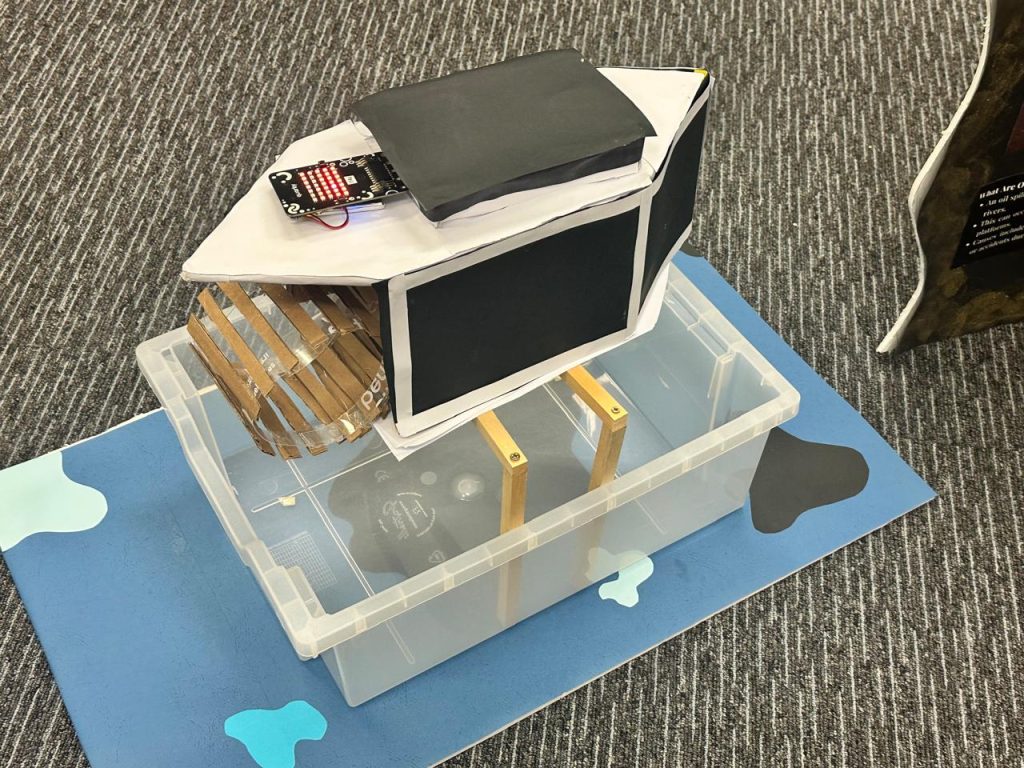
Oil Spills are environmental disasters, harming marine life and coastal communities. Traditional cleanups such as chemical dispersants, skimming etc are slow, inefficient and costly. To tackle this we have come up with- Project Aswad! It is an AI powered catamaran that detects, contains and cleans up the oil spill in a faster, smarter and more sustainable manner.
How it works-
Government’s satellite intelligence: Locate oil spills in real time and inform authorities.
Oil Detection: Once the sensors (color sensor, infrared thermal cameras and an ultrasonic sensor) detect the oil, the AI system neural network analyzes the real time data from the sensors.
Conveyor belt + Oleo Sponges: The conveyor belt lined with oleo sponges (absorb oil but repel water) is dispatched into the sea
Hydraulic compressor: oil collected by the oleo sponges is compressed. This oil is put into barrels present onboard. The oleo sponges can be used over 100+ times and absorb up to 90% their own weightThe oil collected can be later refined and used as per normal.
Impact-
Cost efficient- Cuts operating costs by 70%
Innovative- using recent developments in sensors and a machine learning AI system)
Eco friendly- clean up method does not affect ecosystem as no chemicals used
Scalable- catamarans can be deployed depending on size of spill
Developed with a marine scientist (Mr Oliver Farrel) from NYU Abu Dhabi, Project Aswad is a student made innovation to revolutionize how oil spills are cleaned. We aren’t just picking up oil- we are saving ecosystems.
PROJECT ZIRA
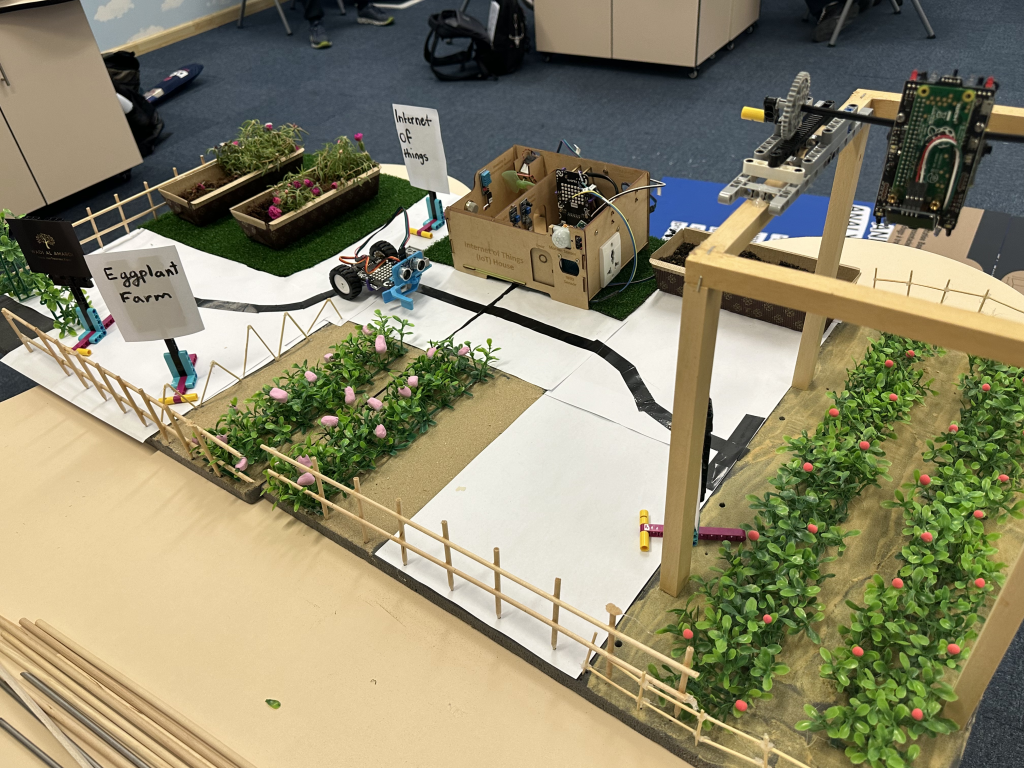
Project Ziraa is an innovative agricultural automation solution, responding to critical global challenges in farming such as labor shortages, crop loss from pests, and the impacts of climate change. Agriculture today faces huge challenges: up to 40% of global crops are lost to undetected pests. In 2024 alone, the U.S. needed 2.4 million more farm workers. Project Ziraa aims to modernize agriculture using AI and IoT technologies. We developed a system that makes farming smarter, more efficient, and sustainable – especially for small to mid-sized farms.
Ziraa’s components include:
Smart Farming Module: IoT sensors monitor soil moisture, pH, temperature, humidity, and light in real time.
AgroPilot: An autonomous robot that ploughs, seeds, weeds, and fertilizes.
Plant Doctor: A machine learning tool (using the KNN algorithm) that detects early signs of pests and diseases.
Fruit Picking Bot: Uses AI and robotic arms to harvest fruits without damage.
Quality Checking Bot: Sorts fruit by size, color, and defects with AI-powered vision.
Ziraa stands out because it integrates multiple features into a single, affordable system. It reduces water use by up to 30% and increases crop yields by 18%, while also lowering farming costs – offering long-term savings compared to traditional methods.
By combining technology and agriculture, Ziraa empowers farmers, protects crops, and secures the future of food production.
Med bot
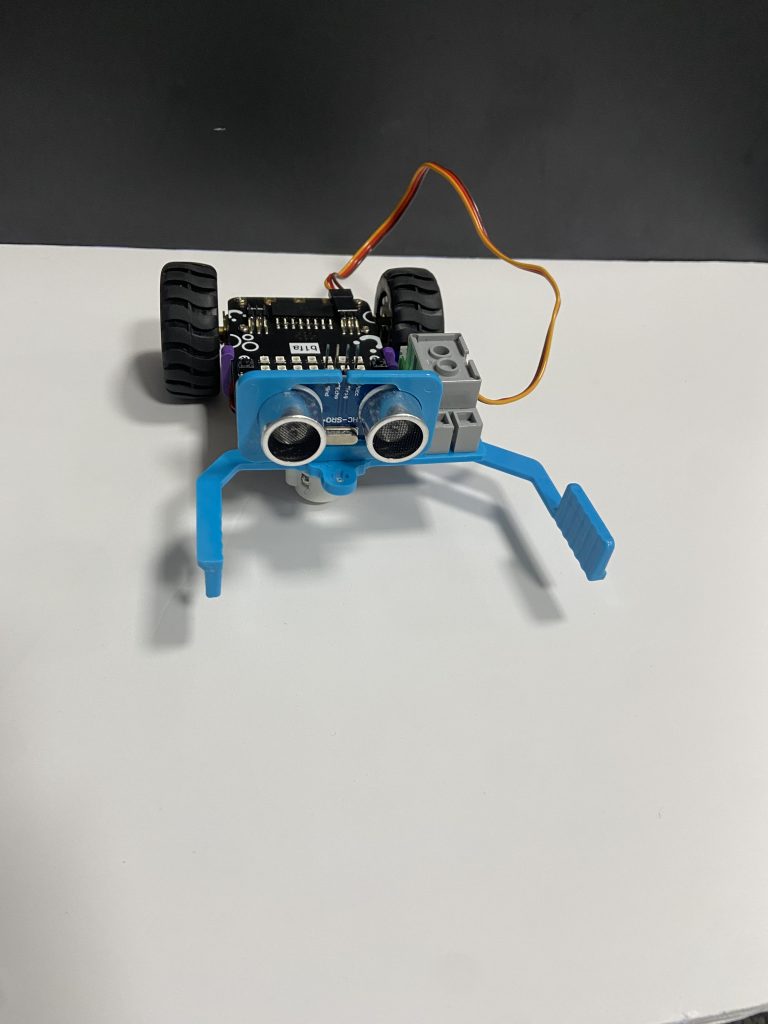
Medical delivery robot can greatly support elderly individuals who live alone by ensuring they take their medications on time. This robot can be programmed to deliver the right medicines directly to the person’s home or room at scheduled times, providing reminders and even instructions for use. This helps reduce the risk of missed doses or incorrect intake, promoting better health and independence for the elderly while also giving peace of mind to their families and caregivers.
Stroke Aware

The Stroke Device is a wearable system that monitors SpO2 and BPM levels in real time while connected to a mobile app for easy tracking. It also conducts facial droop, arm weakness, and voice recognition tests through the app to help identify potential early signs of stroke. We’ve used the esp32 with a max3010 sensor that reads the bpm and sp02 that shows on the app.
Med bot
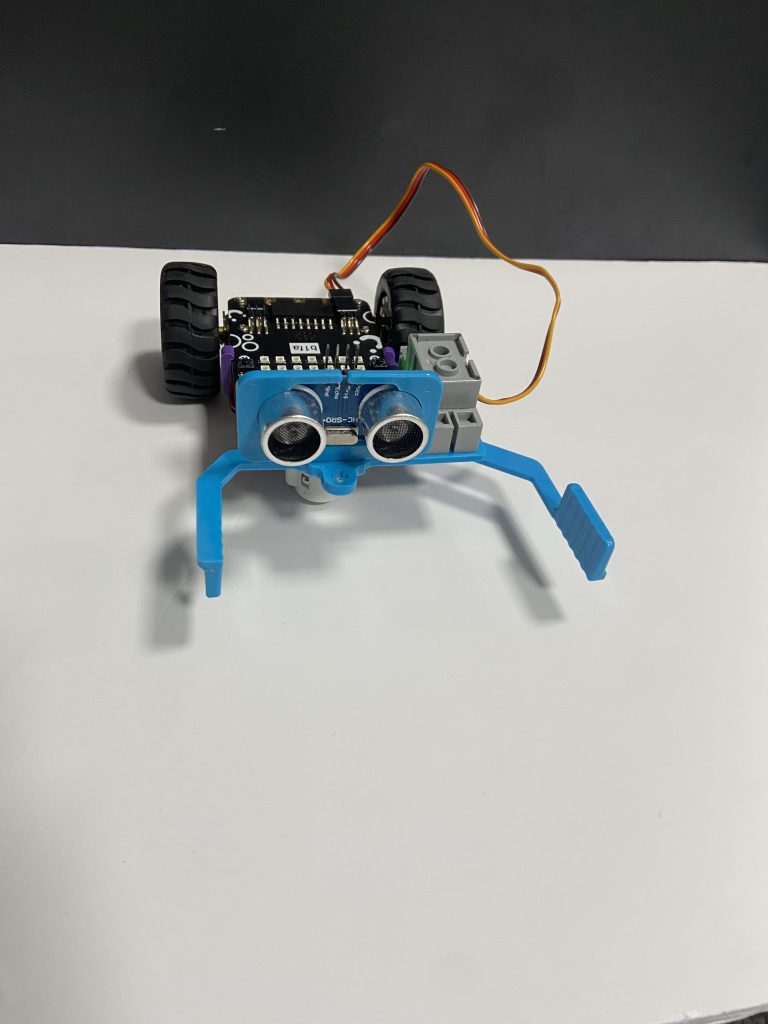
Medical delivery robot can greatly support elderly individuals who live alone by ensuring they take their medications on time. This robot can be programmed to deliver the right medicines directly to the person’s home or room at scheduled times, providing reminders and even instructions for use. This helps reduce the risk of missed doses or incorrect intake, promoting better health and independence for the elderly while also giving peace of mind to their families and caregivers.
AutoRob Soil Moisture Sensor Robot
My project is about helping the farmers to check on the soil moisture and accordingly pump the water with this smart robot automatically when it senses the level of moisture in the soil being less. This will really help them to save time and energy. This AutoRob is reflecting the smart UNSDG goal 7 : Clean Energy and Sustainable Cities . If we design such user friendly robots that will help the farmers , normal people to do the plantation effectively and our cities and villages be green easily. This project is designed using Adruino uno kit that is affordable and accessible, in this way we can make our Mother Earth protected during this phase of global warming.
